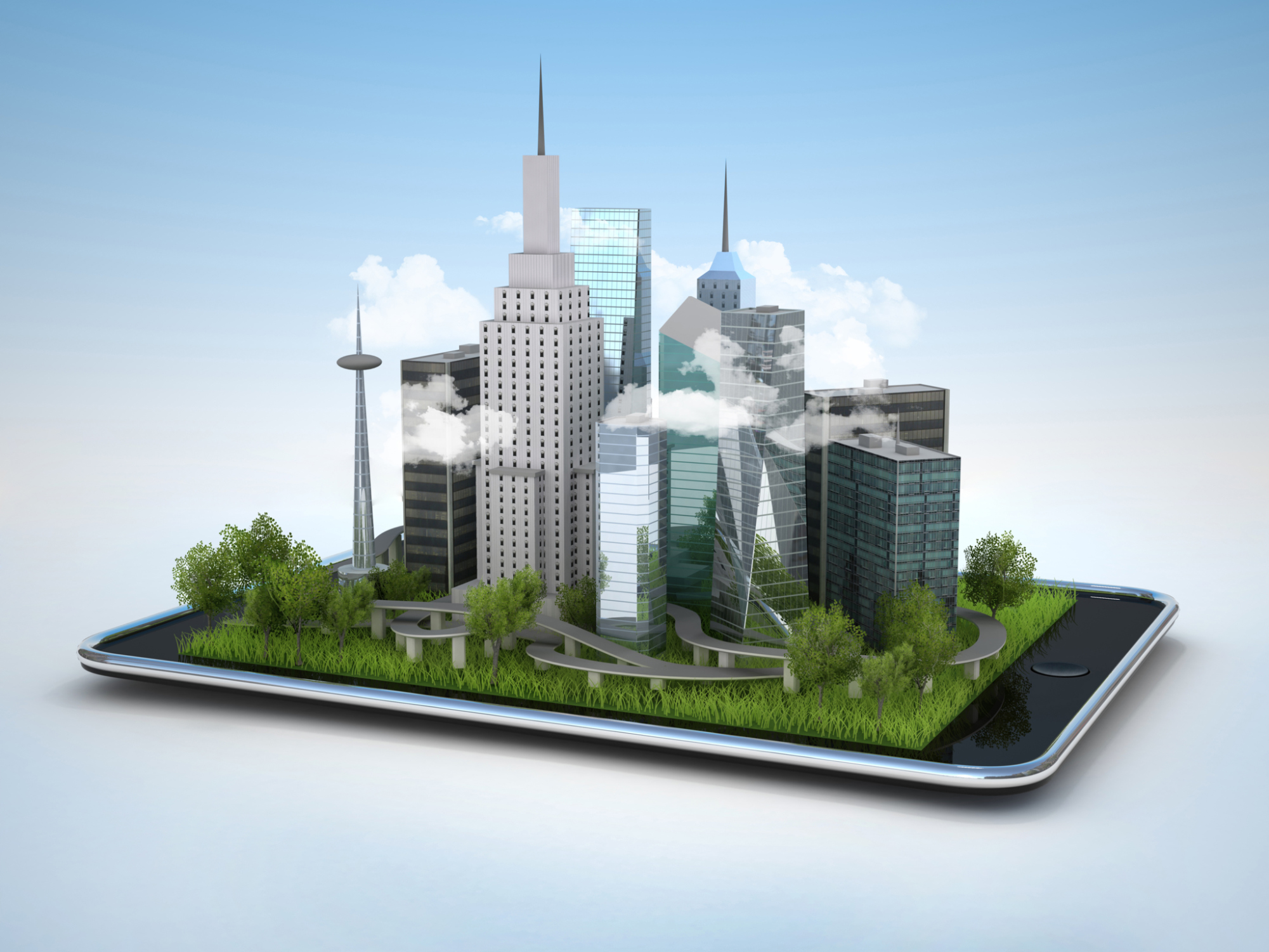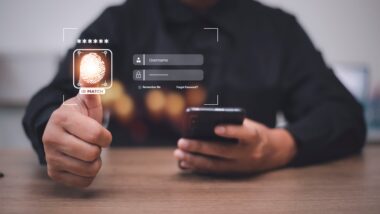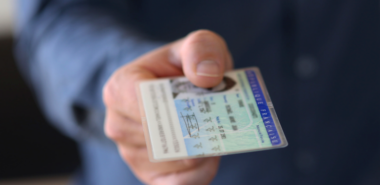
After digital modernization and e-Government 2.0, why is there now so much talk about the Smart City?
The transformation of our society through digital exchanges and eGovernment form part of the progressive emergence of the post-industrial society which we want to build for future generations.
We refer to this model as the “sustainable society”.
Since the society of the future will mainly be urban, the concept of a sustainable society will become increasingly intermingled with its urban setting. The concept of a smart city therefore becomes the frame of reference ensuring consistency when talking about what will link people to wider communities and public authorities.
Indeed, the world of the future will be urban, with a forecast of 66% people living in urban areas in 2050, according to the United Nations. Rural areas will make use of the same tools as in town and cities to overcome isolation.
The smart city is therefore the new playing field.
This of course includes the links between individual and public organizations, of which electronic and mobile Government is a subset.
Smart cities are quintessentially mobile environments. We need to understand that mobile identity is the virtual umbilical cord continuously linking each individual to their public or social life.
The digital city represents a process of transformation, which has already affected companies and citizens and is now hitting the urban environment.
And this transformation concerns all types of interactions and flows in towns and cities.
Finally, and this is often the most tangible aspect, the digital city is enabling the transformation of public services, enhancing convenience for citizens.
The web, its mobile applications, tablets, NFC with its security and contactless payments, are enabling all urban services to be redefined.
The fact is the digital city is citizen-centric in just the same way as Web 2.0 was developed to focus on internet users.
Citizens have always been players in the system, but with digital technology they now have the means to become involved, take control, and take action.
A major consequence is that via mobile, it will be possible to provide very wide geographical coverage of the population, in a citizen-friendly manner.
- Isolated citizens will get much better access to public services, not only to existing public services
- New personal services will open up, in particular catering for people with reduced mobility, with mobile internet acting as the vector for implementing the necessary local logistics so that the physical services can get to the citizens that need them
M-Government needs to meet this growing demand for proximity, and on the condition that the security of exchanges is guaranteed, citizens will be appreciative that:
- Authorities do not ask for data which they already have in their possession;
- Authorities ensure exchanges are quick
- They can interact 24/7
- Personal data are under citizens’ control to ensure transparency and privacy
- Agreement on the content of exchanges take as simple a form as possible – even if in the back office highly-secure PKI-based technologies are used
Just like eGovernment, mobile identity has the virtue of operating as a sign of recognition which individuals and authorities can refer to in order to establish mutual trust in their exchanges, triggering the effects of durable and non-revocable rights.
The future is being decided now and the sustainable society of 2020 is within striking distance – just one bold Mobile eGovernment or Smart City program away.
Ultimately, these programs share a common mission: to bring people closer together, connect them, make their interactions more productive and fulfilling, and why not to nourish the hope of better life.
2020 is here today.
What do you think of the role of mobile and electronic ID in the future smart city? Let us know by tweeting to us at @Gemalto or by posting a comment below.


